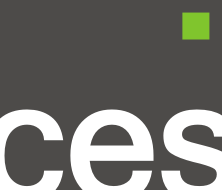I won’t offer a lesson in branding here, but I would like to
share the marketing and branding efforts of one of our clients as an example of
presenting a unified front to the world.
The Cree Nation of Nemaska in Northern Quebec asked us to
help them with their marketing materials. Specifically, we created a
promotional brochure and oversized folder; designed a full colour plastic
luggage tag as a ‘novelty’ item; designed a welcome sign for the roads leading
into the community; and we’re in the process of designing a new website for
them (Spring 2012).
What makes this different from the way other communities
promote themselves? Nemaska is presenting a ‘unified front’ to the world, and this
is a key element in effective branding.
The main design elements created for Nemaska are included in
every one of the marketing pieces – print, sign, and web. So no matter which of
these a potential visitor comes into contact with, the message they receive is
the same.
The alternative? Half a dozen high quality, well produced
marketing tools that look like they belong to half a dozen different businesses
or communities.
The consequences? Your brand is completely lost in the
muddle of mixed messages, and you’ve paid a lot of money to create this
confusion.
Our advice?
Find one company that can do all of your
branding. Don’t feel like you need to go to a web designer for your website, a
print company for your brochures, a sign company for your signage, etc. A good company that understands marketing and
branding will coordinate all of this on your behalf.
Be involved
– right from the beginning! This is about your
product, your attraction, your community, your region. Your brand needs to reflect who you, are not who the
design company thinks you are! A reputable company will help you to uncover
your brand, not tell you what it needs to be.
Make sure
you own the results. Your contract should stipulate that unless you are using
stock photography, images, or text that pre-exist, everything produced for you
needs to be owned by you. You need to
have the ability to modify and update your marketing pieces in the future
without asking permission!
If you’d
like to chat more about branding please send me a note! jason@cesclients.com





